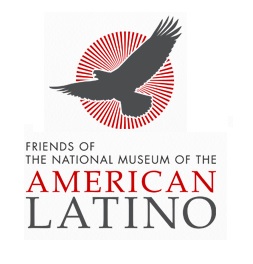
Just yesterday, Thursday December 3rd, the senate committee passed legislation which would jumpstart the National Museum of the American Latino. On unanimous vote, the Senate committee agreed to pass the museum proposal, thus, giving the museum a chance of getting a final vote for President Trump to sign into law.
When interviewed, Senator Bob Menendez, who is the highest-ranking Latino in Congress, stated “My only hope is that that leg of the journey can culminate successfully before the end of this year”, and emphasized the importance of the museum.
Estuardo Rodriguez, the president and CEO of the Friends of the American Latino Museum, along with others have been advocating for the creation of a museum which represents the contributions of Latinos in the U.S. for over 16 years. The U.S. is home for more than 60 million Latinos, which represents 18.5% of the entire U.S. population, making Latinos the largest ethnic minority group in the country.
The Senate committee states that the House bill for the Latino museum intends to demonstrate the immense diversity that exists in the Latino community. When interviewed, Senator John Cornyn, stated, “We are a big diverse country. Not everybody thinks the same, as we know. But there are some things that bind us together and that is our appreciation for the contributions Latinos have made throughout our nations’ history. The purpose of the museum is in part to reflect the diversity of the Latino population—Latinos are not monolithic. Many of them hail from different parts of the world.”
Eva Longoria, actress and activist who also participated in the panel, stated “If you look at our history’s textbooks, or our national monuments, or our statues, they reflect only one kind of American hero and that hero is white and male. There are so many extraordinary things that Latino Americans have been responsible for in the history of our country. When you don’t have that representation on the official record, then those contributions are often erased. If Americans can’t recognize our past contributions, then America can’t respect our present significance.”
Museums are particularly important because they are used to educate younger people. These are places where people go to build a broad cultural understanding. As Rodriguez stated, “There are hundreds of years of stories that need to be told and ultimately, what we’re trying to say is we’re not a patch on the American quilt. We are the thread that goes through the entire quilt. The National Latino Museum in the National Mall will fill those pockets that are currently empty in our history books and in our story telling. It is something that is long overdue.”

Recent Comments